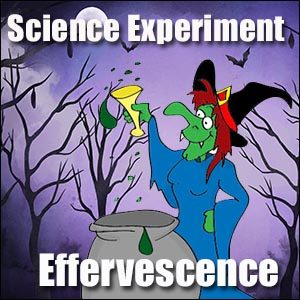Anatomy Simon Says
Just What Are All Those Bits of the Body Called?
I have always found it funny how we teach small children basic anatomy from an early age but then leave off soon after, ‘nose’ and ‘elbow’.
This activity is designed to expose students to some of the scientific names of the bits of their bodies they probably didn’t even know had names.
e.g. ‘What is the name of the little shape just below your nose and above your top lip?’ ‘What is the little bit called under your tongue that joins the bottom of your mouth to your tongue?’
The game is also designed to foster positive attitudes towards Science and Anatomy.
The Simon Says Task:
1. Five students quickly research these human body parts so they can point to them when asked.
– gluteus maximus
– nasolabial fold
– clavicle
– scapular
– patella
– philtrum
– tragus
– occipital lobe
– C1 through to C7
– sternum
– lingual frenulum
– Achilles tendon
– lunula
– incisors
– coccyx (kok-siks)
2. The group lead the class game of Simon Says using their newly acquired vocabulary.
eg ‘Simon Says put your hand on your occipital lobe’
‘Simon Says put your fingers on your incisors
Hint for First Time Players – draw a nice big diagram with arrows and labels for the class to refer to.
Possible Extension:
– groups research other interesting parts of the body and lead other class games.
You might like to use the proviso – ‘Only do the bits of the body that will not have parents in the office complaining about how inappropriate this task is.’ This works to make it acceptable to the ‘powers that be’ and keep the tone of the activity ‘above the navel’.
Finding the Time:
Ten minutes before Home Time, call up a group to teach their version of the game to the class.
Possible Discussions:
– I will never need to know this stuff so why do I have to do this game?
– What is this bit of the body for?
– How does this bit work?
– What is this bit called?
– Why do we need this bit?
– Children generate their own questions – What would I like to know about the body?




